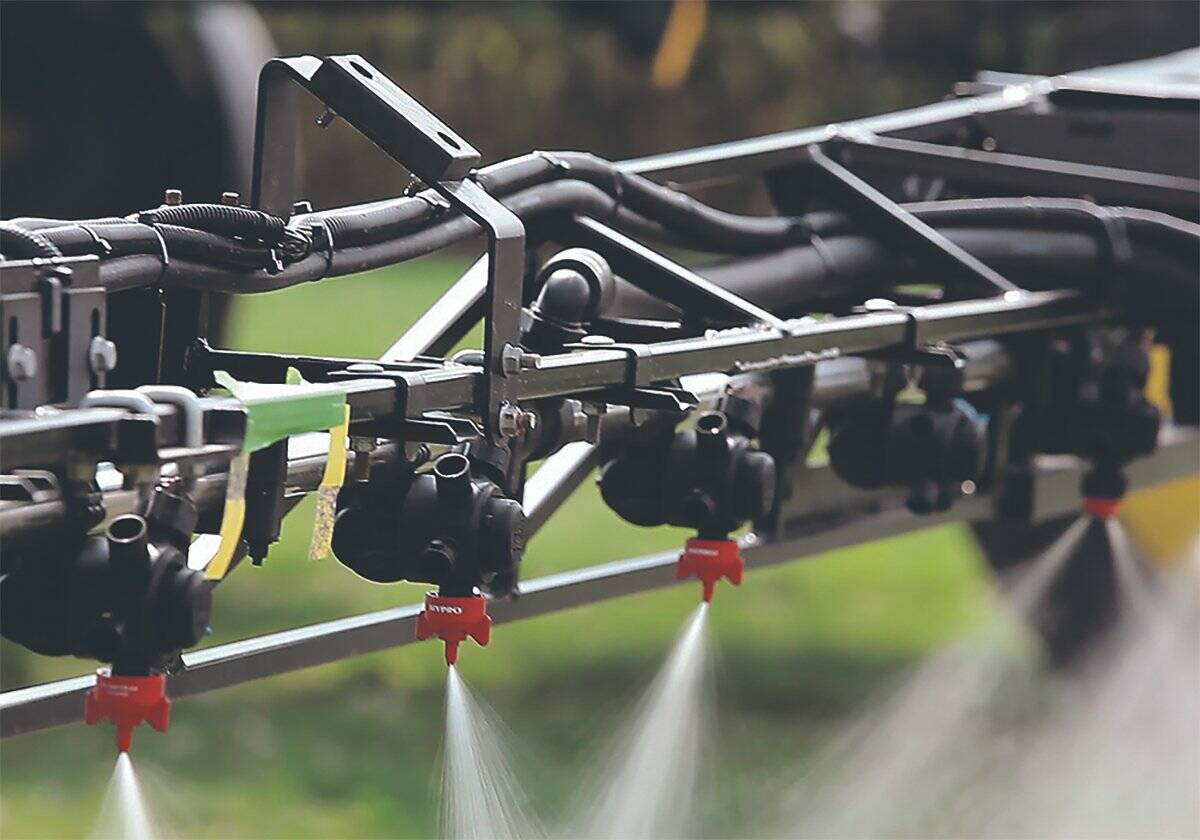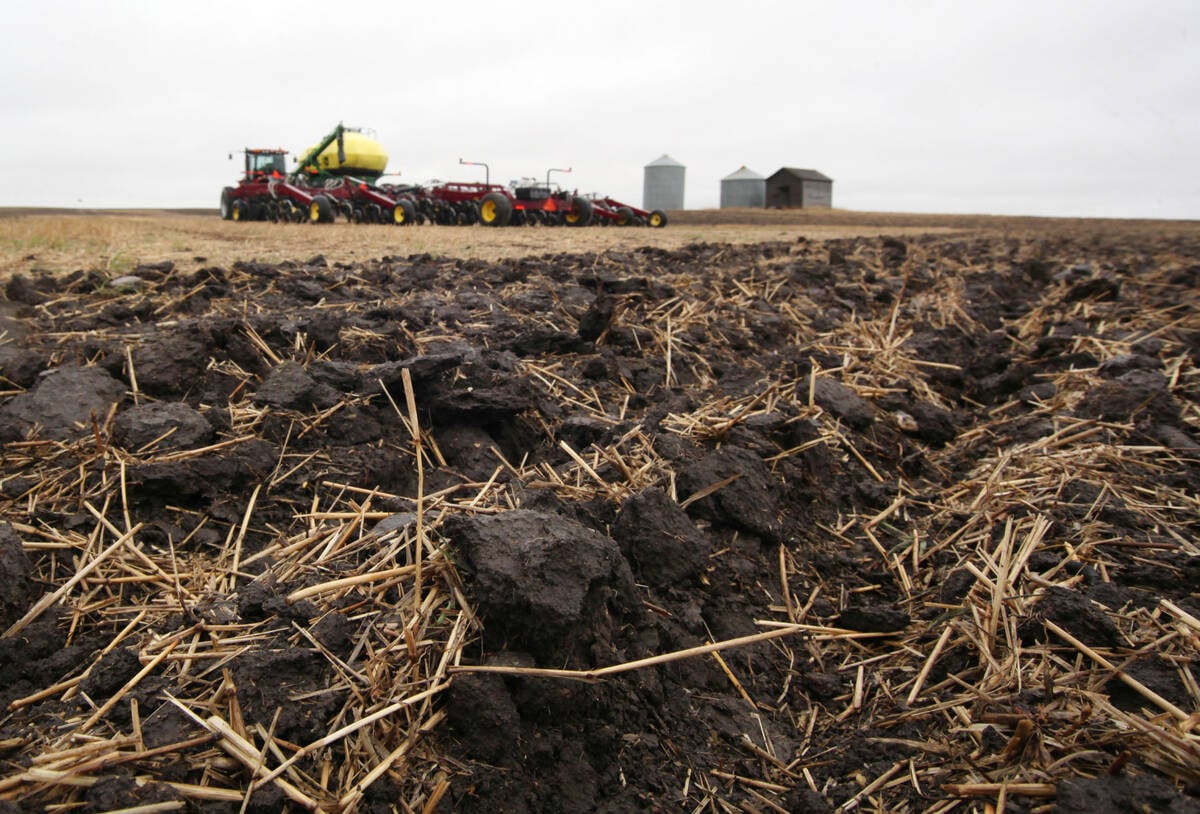For five to 10 years, soil scientists and the federal government have been selling “soil health” and promoting farm practices that improve soil health.
However, many Prairie farmers aren’t buying what they’re selling, says a University of Calgary professor.
“In some regions (the Prairies), the concept of soil health is met with caution, skepticism or even rejection,” said Sabrina Peric, an associate professor in the University of Calgary’s Faculty of Arts.
Read Also

Getting industries on the same page
New app which southern Alberta farmer helped design helps those in the pollination industry navigate work schedules and chemical safety
Peric was one of dozens of researchers and soil scientists who spoke at the Soils for our Future conference, held July 20-25 in Winnipeg.
She presented the results of a survey of Canadian farmers, in which researchers tried to measure producer perceptions of soil health.
Scientists and policy makers may be fully on-board with the concept, but many Canadian farmers are not.
“Several producers … in conversations with me, often (described) the idea of soil health as a contemporary fad. (Something) meant to catch people’s eye … but in general, of little use to producers,” Peric said.
“Our research suggests we need to take a moment to look at the … acceptability of this concept.”
The study hasn’t been published yet, but Peric and her fellow researchers looked at a range of information. She collaborated with Anna Bettini of the University of Calgary and Kevin Tiessen of the International Development Research Centre, a federal organization.
They received 117 responses to surveys, had 37 in-depth interviews with farmers, met with 12 crop organizations and analyzed data collected by the Canadian Roundtable on Sustainable Crops and Soil Conservations Council of Canada.
In summary, they found:
• Prairie farmers are more skeptical about soil health than producers in Ontario.
• There’s a generational divide, with older farmers being more resistant to the concept.
• Many farmers don’t understand soil health and what it means.
Prairie farmers, particularly producers from Saskatchewan and Alberta, said that the government emphasis on soil health is yet another “top down” regulation, which is driven by urban values, Peric said.
Put another way, some farmers believe that people in Ottawa and Toronto are telling them how to grow crops and raise livestock.
One example is cover crops.
The federal government has invested tens of millions of dollars to convince farmers to seed cover crops, which are often planted in the fall and keep a living root in the soil after the cash crop is harvested.
“The thing about cover crops, we farm in a semi-arid climate. There’s not a lot of extra moisture around, especially in the fall,” Jake Leguee, who farms near Weyburn, Sask., said in 2022.
Prairie farmers have repeatedly delivered this message, but it seems like no one is listening.
“One thing that came across clearly (in the survey) is that for a long time, producer knowledge and expertise has been ignored by scientists and policy makers,” Peric said.
The resentment toward soil health policies could be linked to larger grievances in western Canadian agriculture.
The federal government has set targets for cutting greenhouse gas emissions from agriculture, and many farmers dislike those policies.
“Soil health is an increasingly important part of a broader national set of policies intended to target climate change and achieve net-zero goals in Canada,” says a description of Peric’s research.
One interesting finding from the University of Calgary survey is that many producers don’t understand the term “soil health.”
“There is huge conceptual confusion that we noticed across Canada,” Peric said.
“Many producers want to know, who is deciding the meaning?”
The problem could be that soil health is still a new concept.
For decades, soil scientists and farmers talked about the quality of the soil rather than soil health.
Jeff Schoenau, a University of Saskatchewan soil scientist, believes soil health and soil quality are basically the same thing.
“In my early career, I was looking at the effects of the adoption of no-till (on soil quality),” he said.
“We were looking at soil organic matter content, the nitrogen supplying power, we were looking at the soil aggregation or structure and water infiltration…. Those are the same parameters we use today as measures of soil health.”
















